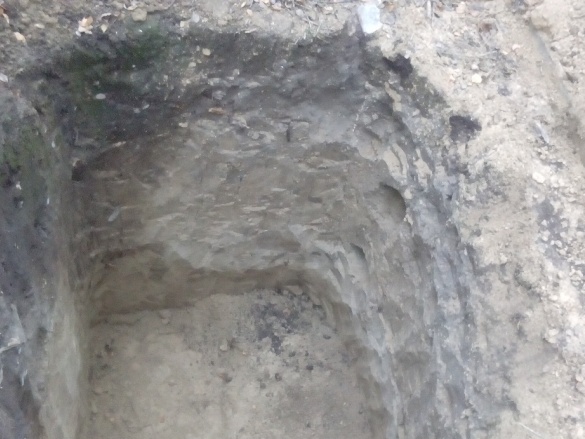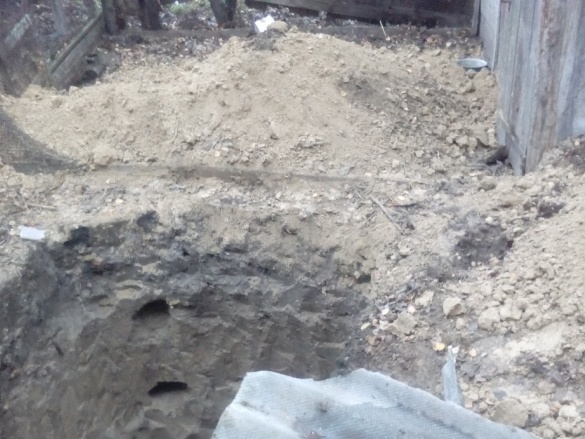1. What is the volume? There will be a bath, toilet, sink, washing machine. The place is hilly, no swamps and other similar moments.
2. How to spread the walls? I read that clay walls can not be covered at all, but all this is doubtful.
Does it make sense to cast walls? Broken brick, sand, cement ...
3. What to block? I’m thinking about casting a concrete slab directly above the pit. First cast a thin layer, then a thicker one. I can drag the stove with the machine.
Look like that's it.


